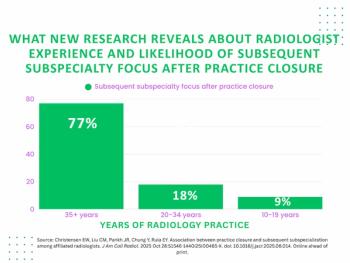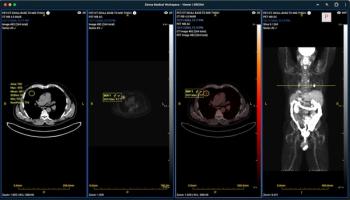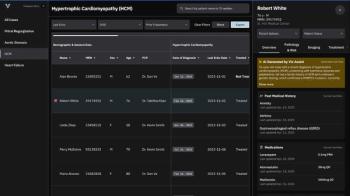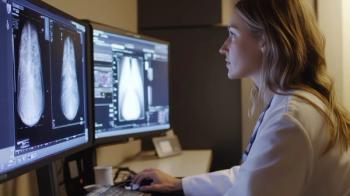
Neurosurgeons Argue Choosing Wisely Guidelines
Limiting neuroimaging for headaches may result in the lack of timely detection of brain tumors for early treatment, according to a study.
Further research is required in order to develop accurate and viable guidelines on neuroimaging for headaches, according to an article published in the journal
New guidelines, proposed by initiatives like Choosing Wisely do not correspond with what neurosurgeons have seen with patients who have brain tumors, the authors said.
The authors, who are from Washington University School of Medicine in St. Louis, MO, performed a retrospective review of 95 patients who were diagnosed with brain neoplasm from an open brain biopsy. Data included prehospital histories and presenting symptoms. Pathology reports concluded that 64 patients (68%) had glial neoplasms, 11 patients (12%) had meningiomas, three patients (3%) had metastasis, nine patients (9%) had lymphoma, and eight patients (8%) were classified as other.
Presenting symptoms in patients with brain tumor were:
Three percent of patients with brain tumors presented with asymptomatic lesions that were found incidentally on unrelated radiographic examinations.
“Not surprisingly, patients with isolated headaches did not experience resolution of their symptoms after brain biopsy; however, cause-specific therapies were initiated,” the authors wrote. “Hence, 24.2 percent of patients with brain tumors diagnosed by brain biopsy presented with isolated headaches, no symptoms, or nonspecific symptoms.”
Currently, the Choosing Wisely guidelines by the American College of Radiology (ACR) and Consumer Reports suggest that imaging not be performed for uncomplicated headaches, and neuroimaging should be ordered only if a stable headache patient displays localizing neurological symptoms or signs.
"Although the intentions are laudable," co-author Ammar H. Hawasli, MD, PhD, neurosurgeon, department of neurological surgery, Washington University School of Medicine, said in a release. "These guidelines are inconsistent with the neurosurgeon's experience with patients with brain tumor."
The authors note that if they were following the proposed Choosing Wisely guidelines, the patients who had complaints of migraine or other headache may not have received imaging, which could have important implications for patient outcomes. Early identification and diagnosis of a brain tumor allows for quick treatment.
The remaining seven patients had migraine or other types of headache for which imaging may not have been performed under the proposed "Choosing Wisely" guidelines. Depending on which set of recent recommendations had been followed, neuroimaging would have been delayed or never performed in 3% to 7% of patients with brain tumors.
"We support careful and sensible use of neuroimaging in which physicians exercise excellent clinical judgment to reduce waste in the medical system," Hawasli and coauthors said in the release, however more research is needed to develop accurate and viable guidelines on neuroimaging for headaches.
Newsletter
Stay at the forefront of radiology with the Diagnostic Imaging newsletter, delivering the latest news, clinical insights, and imaging advancements for today’s radiologists.






























